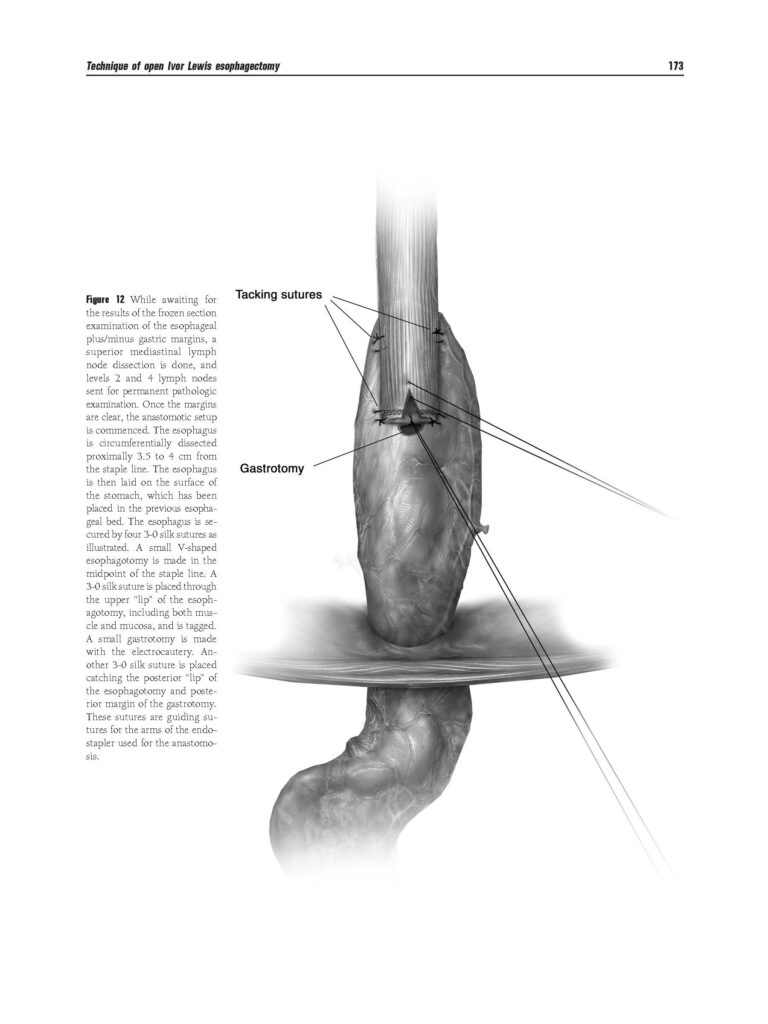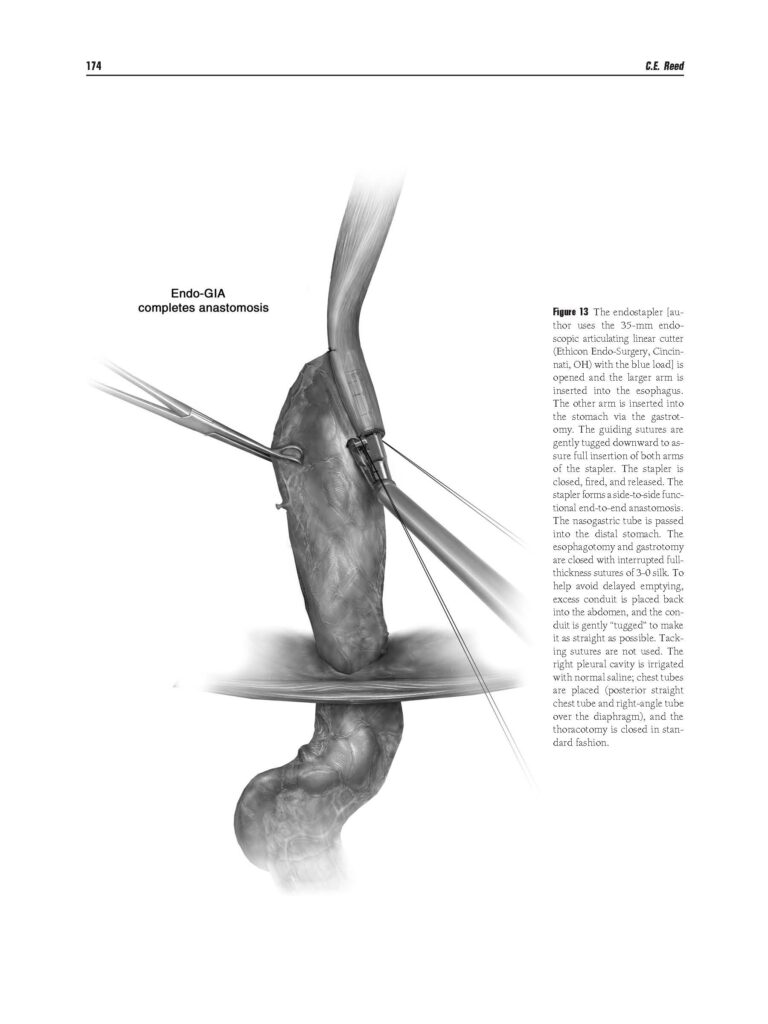When we last left my wife, she was getting her potassium back into the normal band. Since then, about two more weeks have passed. She is still dealing with nausea and occasional vomiting. She is eating three small meals a day; think mashed potatoes, ice cream, oatmeal, and other fairly soft foods. In addition, she is getting saline added to her via the port about twice a week.
She says that it hurts to swallow many types of food but that it no longer is getting “stuck” on the way down. Speaking of down, she said that she is down 40 lbs. from the time of her first chemo treatment until now. Another symptom that she is now experiencing is that much of her hair has fallen out. Its not all gone but is very thin compared to what it was back in July. Ironically, the hair loss didn’t start until chemo and radiation were concluded.
In other developments, my wife wants to make a short road trip before her next PET/CT scan scheduled in mid-November. Yep, cancer patients get cabin fever too. Surgery is scheduled following Thanksgiving.
As I have previously mentioned, this procedure is not one I enjoy contemplating. It will forever change her lifestyle and maim her for the rest of her days. As a refresher, let me briefly explain the surgery.
The esophagus is about 9-10 inches (25 centimeters) long and less than an inch (2 centimeters) in diameter when relaxed. It is located just posterior to the trachea in the neck and thoracic regions of the body and passes through the esophageal hiatus of the diaphragm on its way to the stomach.
Esophagus
As previously blogged, the “height” of her tumor is 6 cm or about 2.4 inches. Per what I have read on medical websites, the upper incision of an esophagectomy is 3 inches above the top of the cancer.
If the cancer is in the lower part of the esophagus (near the stomach) or at the place where the esophagus and stomach meet (the gastroesophageal or GE junction), the surgeon will remove part of the stomach, the part of the esophagus containing the cancer, and about 3 to 4 inches (about 7.6 to 10 cm) of normal esophagus above this. Then the stomach is connected to what is left of the esophagus either high in the chest or in the neck.
Surgery for Esophageal Cancer
Ok taking the above quotations, let’s do some simple math.
We know that my wife’s cancer is in the lower third of her esophagus. Let’s say that the tumor is one inch above her stomach’s sphincter. (This is a guess and the only part of my math that is an estimate.)
Length of Esophagus (10.0”) minus distance above stomach (1.0”) minus height of tumor (2.4”) minus additional three inches (3.0”) leaves 3.6” of esophagus.
Thus, the likely outcome of the surgery is that my wife will get to keep about 1/3 of her esophagus (3.6 inches) plus, the top of her stomach will be removed. The remaining parts will then be sewn together. This surgery takes about seven hours.
Folks, the above scenario and a “successful” surgery involve many things going right and none going sideways.
I’m not sure that my wife has the stamina to take a road trip in mid-November but I’m willing to let her try. I don’t think you will hear from me again on this subject until we get the scan results. Until next time…


